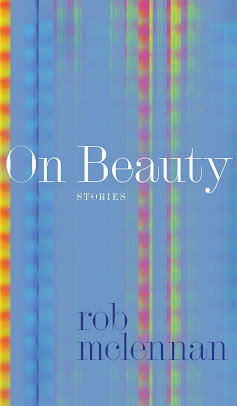Kin to water, kin to stone—Lordlet time take its stone that my heart isset, stonesmall& in your hands:tidy, almost nothinglunar module, light squareLord I pray up.What is it with your white hands?[the storm & storm, the hand of God]
~
Yea we go down. We go eatthe bay like soup. Vulture eggs:goat teeth: every wordin the mouth of God, bay of God.Every word on the stoop of forgiveness.We have a dog. God we dogforgesoft rock and mud. On the brinkof eating catfish & cormorants. Eatinghorsehair & butter. The fruitthat has been set out by godto eatto eatto be done (Dawn Pendergast, “Prayers for the Personal”)
I don't usually like to talk about issues of journals my own work is in (feels harder to put aside bias; you know I already love the issue), but it sure was nice to receive the most recent volume of San Francisco journal Eleven Eleven: A Journal of Literature and Art, their (what else?) eleventh issue, dated 2011. At nearly three hundred pages, it's certainly a deal for only a ten-spot, and always good to see new work by favourites and familiar names, whether worthy Canadians or those names I've been introduced to through other means such as Dusie, including Forrest Gander, Dawn Pendergast, Susan M. Schultz, Mary Ruefle, Rusty Morrison, Meredith Quartermain, Sarah Anne Cox, Trish Salah and Rachel Zolf, and seemingly dozens of other names I hadn't heard of before. As well, some of the artwork featured is quite stellar, most notably Dennis Johnson's “Haven on Earth,” or Jody Alexander's “Sedimental , No. 7,” which really needs to be seen.
2.
At the cemetery, the luster of my trying, the shine
of effort is extinguished. Beneath it—not dark, not raw or cold—only this going forward
without a skin of expectationto enforce a borderbetween the living and the dead.
Wild grasses beyond the cemetery fence,cut grass around my shoes—in every blade a sky fallingand earth rising up to meet it. (Rusty Morrison, “Necessities & Inventions”)
Featuring poetry, prose, interviews, essays, reviews and visual art, the issue is a wealth of information, yet a couple of pieces frustrate, including Marissa Bell Toffoli's interview with Paul Harding, which seems to presume the reader's previous knowledge on Harding. Why isn't there any sort of biographical information, at least, presented to introduce the interview? I have no idea who Paul Harding is; an introduction would have been nice.
5.
Who gives up on kingdoms?even after feats of magic and awe striking deedsoath breakers shake the pillarsdeceit breeds deceittwo daughters cut up their fatherand drop him into a pota mercy killingthe children bloodied yet wholefly off to other plots their namestheir poisons unknownexpatiation equationyielding 40 days,300 days, in exilefor x and y axis plottedthey sing here on the turn of the yearat one time they were innocent (Sarah Anne Cox, “from Medea”)
What really appeals about this journal is the wild mix of styles, of genres, of writers, from those that stellar-shine, to other pieces that don't quite strike these eyes the same way. There is much to admire in this issue, this journal. Why hadn't I been paying attention before?



1 comment:
Thanks Rob! Next time I'll make sure we post more info on our interviewees.
For folks who'd like to order a copy of issue 11, go to http://www.spdbooks.org/Producte/154824311/eleven-eleven-issue-11.aspx
Cheers,
Hugh
Post a Comment